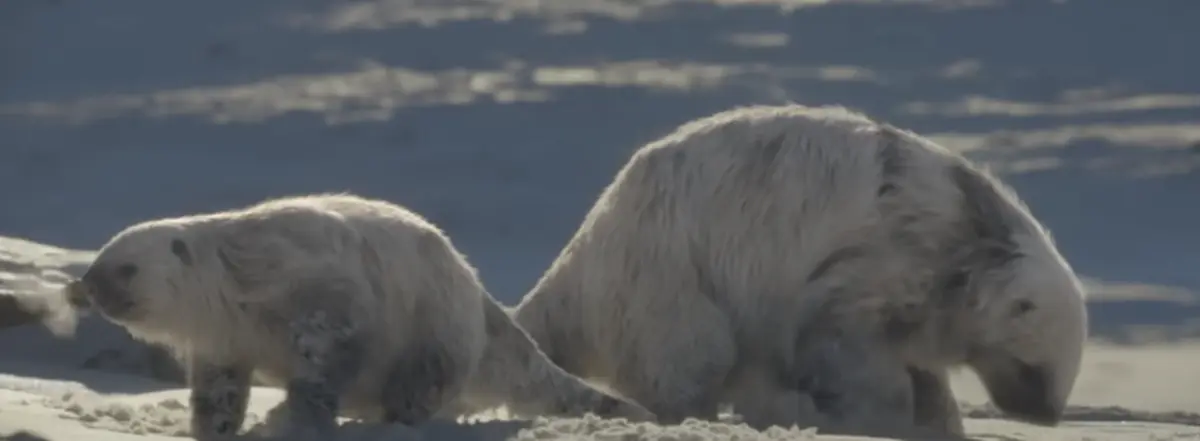 This giant of the late Pleistocene adapted to life in extreme cold. Known as Jefferson’s sloth (Megalonyx jeffersonii), it was named after Thomas Jefferson, the third President of the United States and a versatile scientist. As a paleontologist, Jefferson was the first to present the remains of the snow sloth to the scientific community in 1797.
This giant of the late Pleistocene adapted to life in extreme cold. Known as Jefferson’s sloth (Megalonyx jeffersonii), it was named after Thomas Jefferson, the third President of the United States and a versatile scientist. As a paleontologist, Jefferson was the first to present the remains of the snow sloth to the scientific community in 1797.
Today, researchers have re-examined and described these creatures, even recreating the appearance of this prehistoric animal using . Now, the Megalonyx jeffersonii sloths that roamed North America 13,000 years ago will be featured in the film “Prehistoric Planet: Ice Age.” The series, which premieres on Apple TV on November 26, follows a trio of these animals as they journey through snowy landscapes.
Megalonyx was enormous compared to the sloths we know today, measuring 8 to 10 feet long and weighing around 2,200 pounds. Unlike its tree-climbing relatives, it was a ground-dwelling sloth, as reported by IFLScience.
Fossils of M. jeffersonii are considered a paleontological rarity. Earlier this year, researchers unexpectedly discovered the skull of another such creature. In addition to this lesser-known representative of the of the Ice Age, scientists will showcase others in the new series, including woolly , which are currently being brought back to life, saber-toothed cats, dwarf relatives of elephants, and carnivorous kangaroos. Each of the 12 episodes will explore how life on Earth adapted to survive during the ice ages.

The series is produced by Jon Favreau and Mike Gunton, with production handled by the BBC Studios Natural History Unit. The film is narrated by renowned actor Tom Hiddleston, and the original soundtrack is created by the band Bleeding Fingers Music, known for inventing new instruments to give the music an exciting prehistoric sound.
